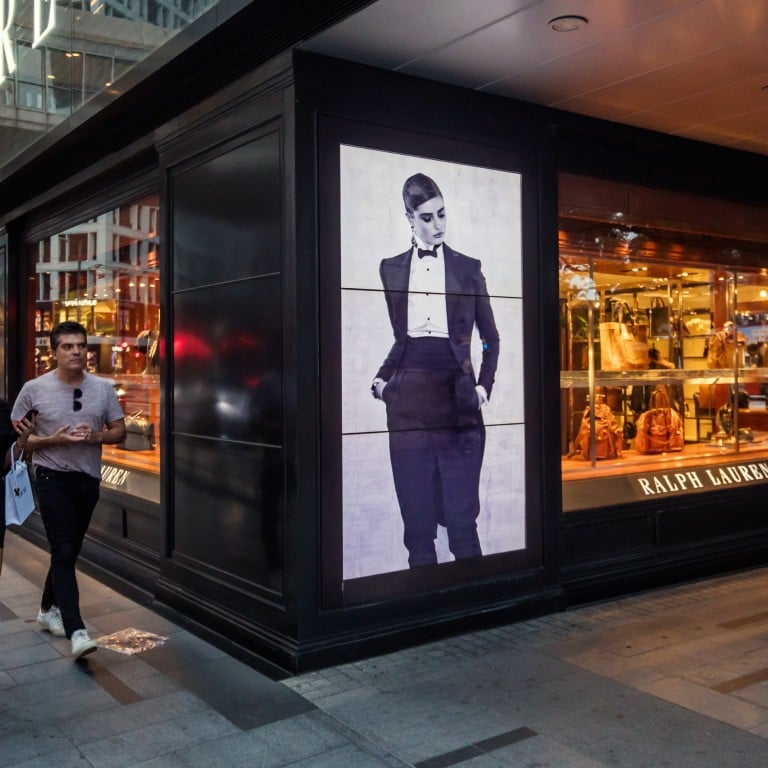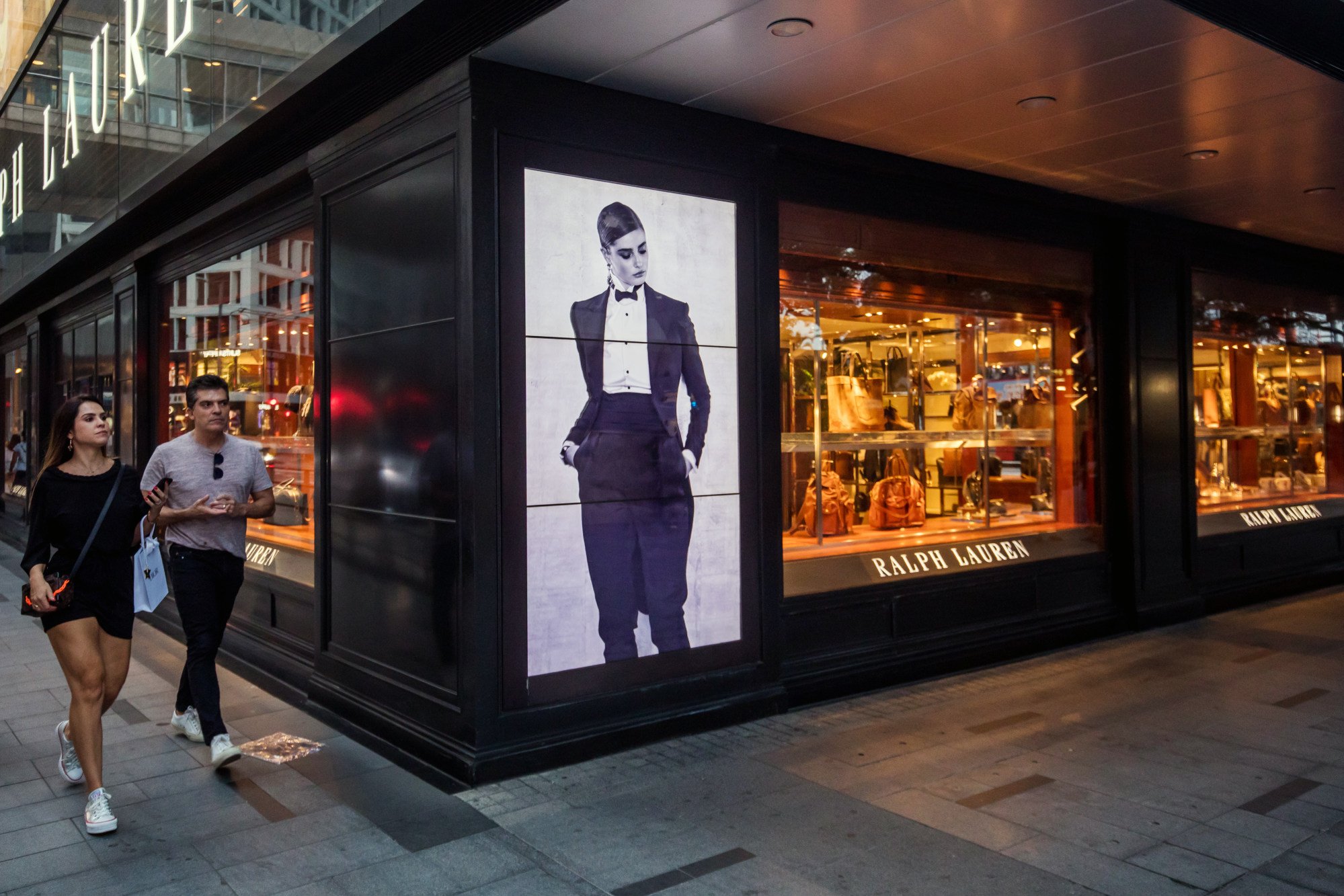
Exclusive | Ralph Lauren’s ‘cluster approach’ to growing its business in China, world’s biggest luxury market by 2030
- The company plans to open around 20 to 30 new stores per year in mainland China and the surrounding region
- Consulting firm Bain & Co says mainland China will overtake the Americas and Europe to become the world’s largest luxury market by 2030
Global fashion retailer Ralph Lauren will continue building its China bricks-and-mortar presence as it leverages its growing brand value in what is forecast to become the world’s largest market for luxury goods by the end of the decade.
The company plans to open around 20 to 30 new stores per year in China, where it has already deployed extensive digital marketing strategies in the world’s biggest e-commerce market, and a similar number across the region.
“We’re seeing brand perception continue to strengthen, so we think we have a game plan that is working in a market like China,” said its CEO, Patrice Louvet, in an interview with The Post, citing a three-pronged strategy of growing its presence in key cities, driving its core products, and strengthening the brand through marketing and partnerships.
“China is our most advanced market when it comes to digital activation, whether that is with JDTmall, but also with all the social media platforms, the latest one being Douyin, where we’re experimenting and are very encouraged by the initial results,” he said.
China is a key market for the New York-headquartered company, and its signature products – polo shirts emblazoned with the company’s iconic logo, cable-knit sweaters, and blazers – are now a hit with Chinese customers amid changing consumer tastes and turbulence in the luxury sector. It now operates multiple brands under the Ralph Lauren umbrella, having expanded into hospitality with an eponymous coffee line and bar on top of its apparel and lifestyle products.

Last year, a limited-edition collection it developed with Mr Bags, an influencer with millions of followers on Chinese social media, sold out in under a minute on WeChat, while its Singles' Day sales increased 25 per cent from a year ago despite price increases and fewer discounts, according to its most recent earnings report.
The company posted strong results for the third quarter of the 2024 financial year, beating analysts’ expectations. Revenue grew 6 per cent to US$1.9 billion on an annualised basis, fuelled largely by Asia, where revenue increased 16 per cent, outpacing sales in Europe and North America.
Dragon designs fly as luxury brands lure customers in the Lunar New Year
Across Asia, bricks-and-mortar stores increased by 13 per cent and digital commerce rose 25 per cent, while China sales in particular increased over 30 per cent, which the company attributed to a general boost from the holiday season as well as its Singles' Day success.
However, Louvet said the company would be “disciplined and sequenced” in its expansion, as it is still operating in “a very volatile environment”, and would continue to explore the “still significant” growth opportunities in China’s key cities.
“We’re not building China for the next few years. We’re building China for the next 20 years. I know that may sound a little grandiose, but we do not want growth at all costs,” he said.
The company took a cluster approach to expanding in China concentrating its stores mostly in first- and second-tier cities. It focused on six key cities – Shanghai, Beijing, Chengdu, Shenzhen, Taipei, and Hong Kong – before branching out, said Chua Shin Hwee, its regional chief executive for China and Southeast Asia, a strategy it has found “highly successful”. It will be applying the same approach to its Southeast Asia plans, a region where the company has seen some of its fastest growth, she said.
Ralph Lauren now operates around 160 stores in mainland China, many of which have been customised to their specific locations.
Chua said the company, initially founded as a menswear line, would focus on growing its women’s business in mainland China.

“Over 60, 65 per cent of our consumers [in China] are actually women and our share of the women’s business segment is also stronger, it will be around double that of the global proportion,” said Chua.
“We have sustained growth momentum on the mainland and in the region for many years, and a lot of that is credited to the customer focus on women,” she added.
Consulting firm Bain & Co is bullish about China in the medium term, predicting that the mainland would overtake the Americas and Europe to become the world’s largest luxury market by 2030.
Ralph Lauren also opened new stores in leading malls around Southeast Asia last year, including the Suria KLCC complex in Kuala Lumpur, Malaysia, and its third outlet in Singapore’s Marina Bay Sands.
A recent report by professional services firm PwC cited Southeast Asia as the “next high potential destination for luxury markets”, singling out Singapore, Vietnam, Malaysia, and Thailand as key locations for their growing populations of high-income residents.

